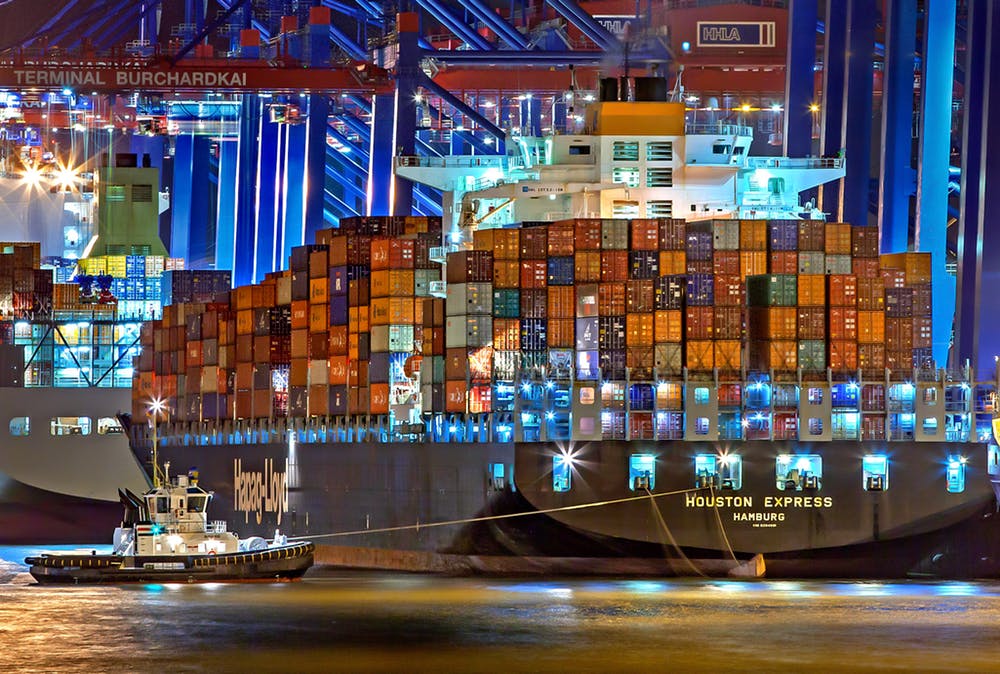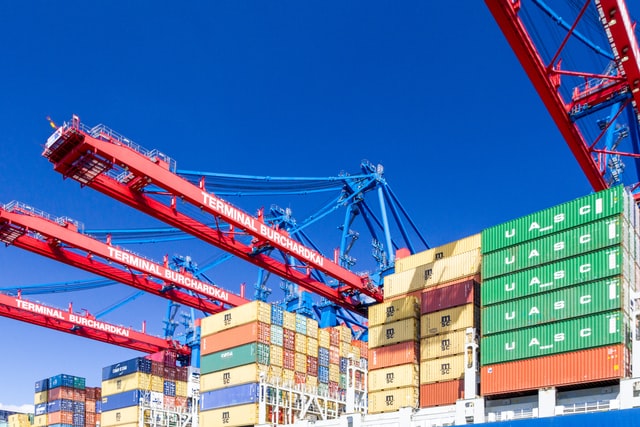
Imagine a bustling port where mammoth ships anchor, loaded with containers full of goods. Each of these metallic giants has stories to tell: tales of oceans crossed, storms weathered, and precious cargo held within. But as they reach their destination, a new chapter begins, the careful dance of unloading. And in this process, nothing is more paramount than safety.
Harnessing the Power of Training
It starts with the people. After all, what’s a port without its workers? These individuals, often clad in high-vis gear, are the unsung heroes making sure your favourite products reach store shelves. But it’s not just about muscle and grit. Training plays a massive role. Comprehensive courses, regular refresher sessions, and on-the-job mentoring are critical. From operating heavy machinery to handling delicate cargo, knowledge is the first step to safety with cargo unloading operations.
Gadgets and Gear: Tools of the Trade
Ah, the marvels of modern technology! From gloves that provide a better grip to boots that resist slipping, personal protective equipment has come a long way. Then there’s the machinery. Cranes that can be manoeuvred with pinpoint precision, forklifts that beep a warning when reversing, and conveyor belts equipped with emergency stop buttons. All these innovations, when used correctly, significantly minimise risks.
Coordination: The Unsung Hero
You might not see it, but there’s a maestro orchestrating every move. Efficient communication ensures everyone knows their role and any potential hazards. Radios, hand signals, even the humble whistle – all play their part in this synchronised dance of unloading.
Adapting to the Elements
The unpredictability of weather can be both a beauty and a beast. Rain might make the ground slippery, winds can sway containers, and the scorching sun can make machinery hot to the touch. Recognising and adapting to these challenges? That’s the mark of a seasoned pro. Whether it’s pausing operations during a storm or ensuring shaded rest areas for workers, staying attuned to Mother Nature is vital.
Continuous Feedback and Improvement
Mistakes happen. But in the world of freight unloading, they offer valuable lessons. Regular debriefings, incident reports, and feedback loops ensure that errors aren’t repeated. This culture of continuous improvement, where every team member has a voice, ensures that safety standards evolve and adapt.
Public Awareness and Participation
While professionals at the port do their bit, the public can play a role, too. By being aware of operational areas, respecting boundaries, and recognising the hard work of those in the freight industry, we can all contribute to a safer environment. Remember, every time you see a “Safety First” sign or a barricaded area, it’s an invitation to be a safety ambassador.
Conclusion
In wrapping up, it’s clear that the journey of goods doesn’t end once they touch the shore. An intricate ballet awaits, where safety takes centre stage. And whether it’s through state-of-the-art tools or the age-old wisdom of experienced workers, the best solutions with freight unloading practices ensure that this dance goes off without a hitch.
So, next time you’re near a port or spot a truck unloading, take a moment to appreciate the expertise and effort that goes into every move. Safety, after all, is a collective endeavour. Cheers to the unsung heroes making it happen!


